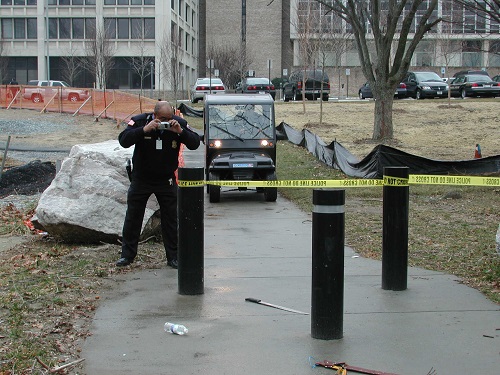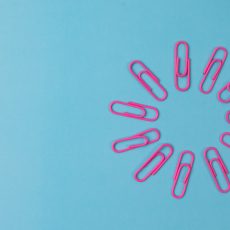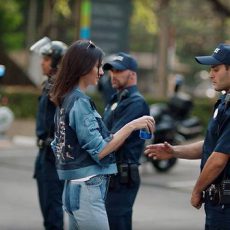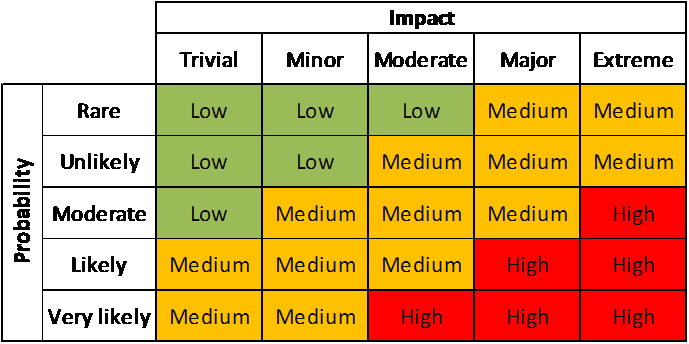Photo taking at a crime scene is a very important step a detective should take immediately after the scene is discovered. It is the case for security managers in the business world as well.

Here are some basic rules for taking photos at a crime scene (or scene of security incident):
1. Take enough photos
Taking 200-400 or even more of the major scene is not unusual. With digital cameras, it is no more a problem.
2. Don’t take photos just to take them
The crime scene needs to be recorded thoroughly but appropriately. Think of your photos as a full and faithful documentation of what happened, which will later go to the defense and the court.
Three types of photos are necessary:
-
Environmental photos – 全景照片
Widest view of the scene and the surroundings. -
Overall photos – 整体照片
Full picture of the immediate scene – where the body was found; where the item was stolen, etc. -
Evidence photos – 证据照片
Close-up picture of each and every physical evidence found at the scene – footprint, hair, etc.
Specifically, 3 pictures should be taken for each evidence, namely, overall view, medium view, close-up view. Police photographer normally uses a scale and a frame marker. This is to record and illustrate the position and (comparative) size of every object.
3. After taking enough photos, remember to number them.
Map them with the item/spot using the same numbering method.
For example, number the photo of the cup (probably used by the dead) as 1102 to correspond with the same number of the item itself (the cup also named 1102 on your evidence sheet).
4. Record in writing if any evidence object has been moved.
This is to maintain the integrity of the chain of custody of your evidence.






